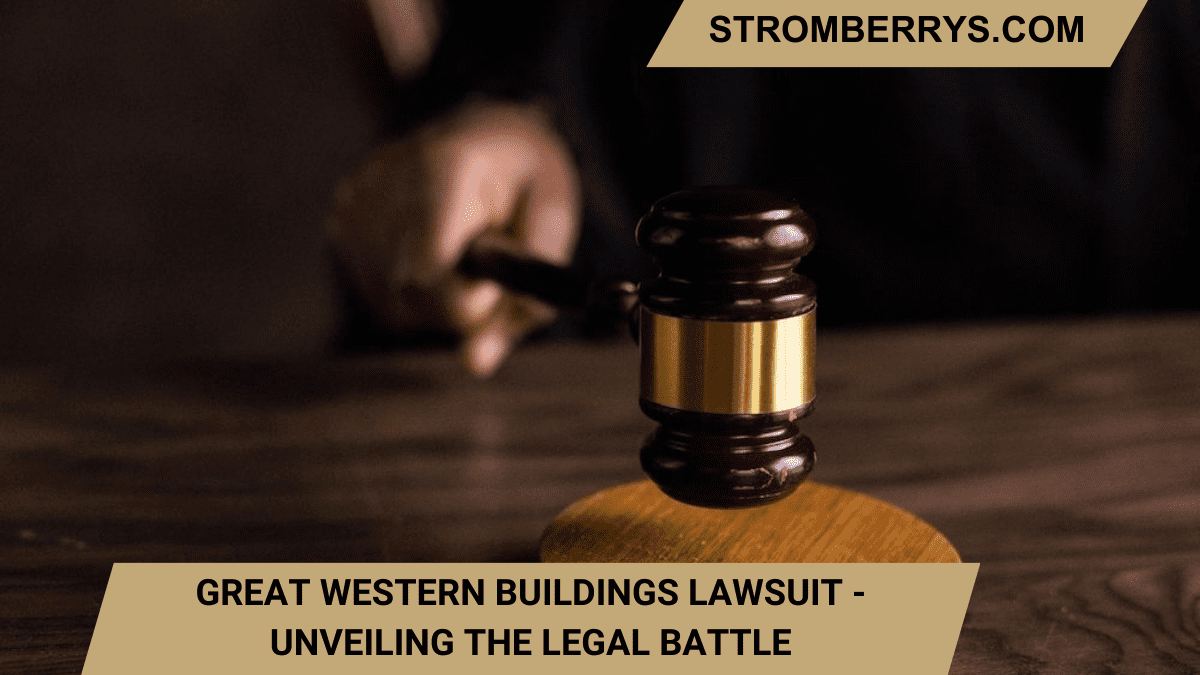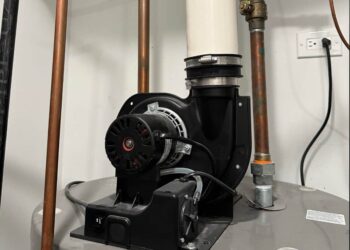Living with lumbar spinal stenosis brings unique challenges that can affect daily life. This condition, which occurs when the spinal canal narrows and compresses nerves in the lower back, is a common cause of back pain, stiffness, and numbness. While it can’t be cured outright, individuals can take steps to improve their quality of life.
What Is Lumbar Spinal Stenosis?
Lumbar spinal stenosis is a narrowing of the spinal canal in the lower back region, which places pressure on the spinal cord and surrounding nerves. Symptoms may vary depending on how much narrowing occurs and where it is located. People may experience back pain that can radiate to the legs, muscle weakness, and difficulty standing or walking for extended periods. Pain is often alleviated by sitting or bending forward, which temporarily creates more space within the spinal canal. Although spinal stenosis develops gradually, symptoms may worsen over time. This progression is why ongoing management and tailored treatments are key for maintaining mobility and daily function.
How Do You Manage It?
Managing lumbar spinal stenosis involves adopting daily practices and lifestyle changes to reduce discomfort and improve mobility. Adjusting how you move throughout the day may reduce strain on the back. These other strategies can also help with minimizing the impact of symptoms on your daily life.
Light to moderate exercise is often beneficial for individuals living with spinal stenosis. Stretching and strengthening routines targeting the core, hips, and back muscles can further support the spine. Physical therapists often recommend specific exercises tailored to the needs of individuals with spinal stenosis. It’s always helpful to seek guidance from qualified professionals before starting any new exercise routines.
What Treatments Are Available?
Several interventions are available to help address the symptoms of spinal stenosis. These approaches depend on the severity of symptoms and individual needs. These include:
- Medications: Pain relievers and anti-inflammatory medications, such as NSAIDs, may help to manage discomfort and inflammation.
- Physical Therapy: Professionally guided therapy improves flexibility and strength, boosting mobility and reducing pain. Therapists may also teach specific techniques to modify movements and protect the lower back in daily activities.
- Steroid Injections: Epidural steroid injections are sometimes used to reduce inflammation and alleviate nerve pain. They offer temporary relief and can complement other non-surgical interventions.
Surgical Options
If symptoms significantly limit mobility or daily activities, a healthcare provider may discuss surgical interventions. Minimally invasive lumbar decompression can be implemented to relieve pressure and pain. Surgery is often explored only when other treatments have not provided sufficient relief.
When to Seek Medical Intervention
While many individuals manage spinal stenosis effectively with the strategies above, some symptoms may require medical attention. If you experience sudden loss of bladder or bowel control, worsening muscle weakness, or severe and unrelenting pain, it is imperative to seek professional care promptly. Living with spinal stenosis may include challenges, but improvements are possible. If you are navigating lumbar spinal stenosis and would like guidance, consult a healthcare professional to explore options that align with your needs.
- 4 Reasons To Schedule Regular Water Heater Maintenance
- Crawl Space Repairs: Local Case Studies from Belleville
- The Benefits of Primary Care for Preventing Future Health Issues
- The Impactful Addition of Higher Education for Your Resume: Elevate Career Prospects
- Am I a Good Candidate for Stem Cell Therapy?





